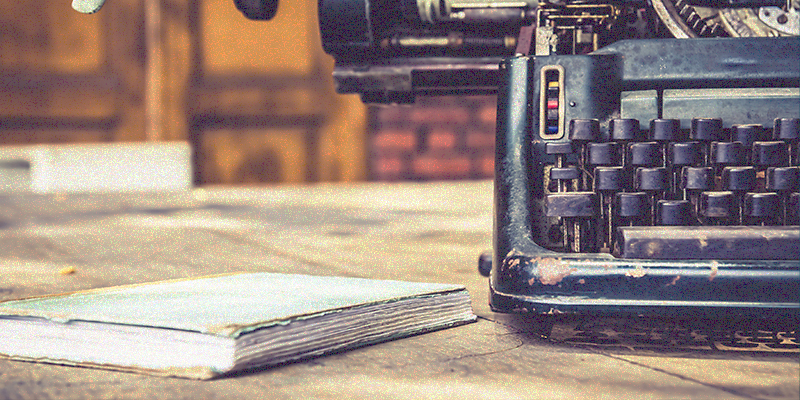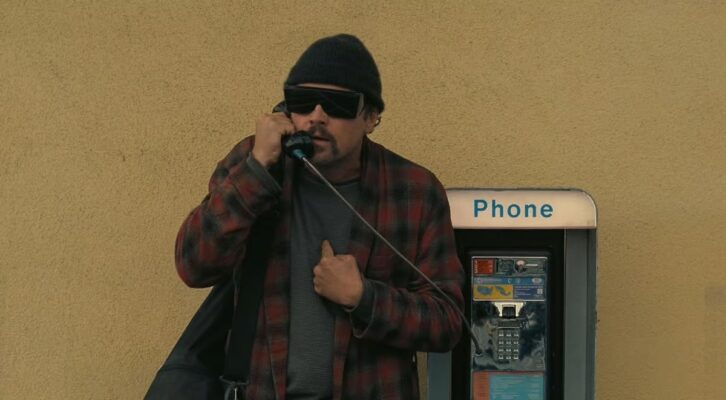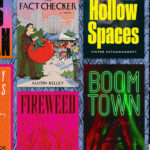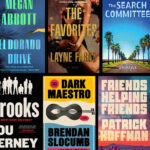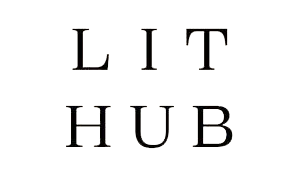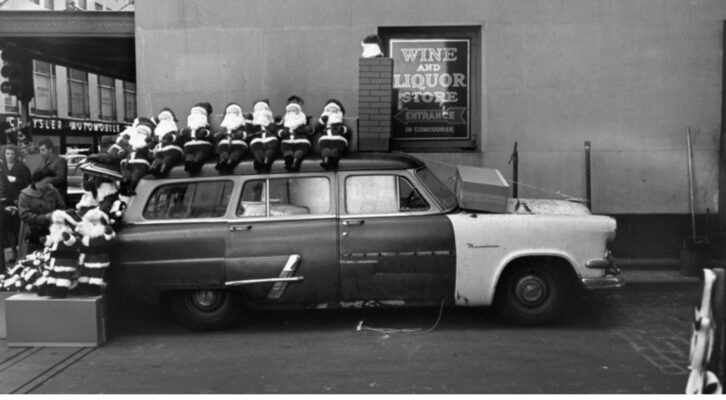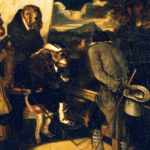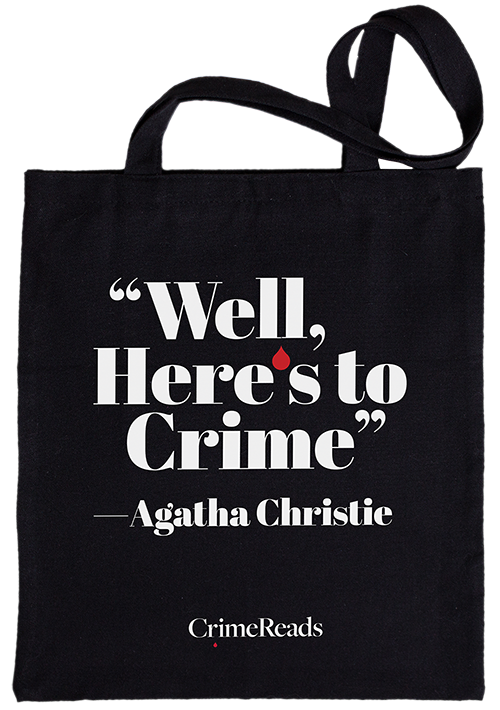“Wow, it was a page-turner.”
“I stayed up all night reading it.”
“No idea what would happen—I couldn’t put it down!”
Comments about my recent thriller? Well, possibly, but in fact, these were reactions to my memoir about my experience founding Comedy Central (Constant Comedy: How I Started Comedy Central and Lost My Sense of Humor, Ulysses Press, 2022). There are no chase scenes, no shootouts, just people in a television company undertaking a big project. It doesn’t sound very thrilling, so how did I get it to read like a thriller? And why would I want to?
Telling stories about our experiences is what most of us do all the time. Now and then the story falls so flat that someone comments sarcastically, “Good story…” When standing in front of a group telling a story, we want our audience to listen attentively, so we embellish, use humor, gesticulate, and act the whole thing out in our attempt to engage the listeners. Writing creative non-fiction requires skilled storytelling techniques as well. It’s not enough to give “just the facts, ma’am.”
Below are five techniques found in fiction that I use to hold my readers in my creative non-fiction writing.
1. Use Cliffhangers
If you’re anything like me, you find it convenient to read until the end of a section before you put the book aside. But if you absolutely need to know what happens next, you turn the page. Keeping the reader turning pages is a must for thriller writers and I’ve found it’s also a great technique for non-fiction. In Constant Comedy, many chapters end with being told an all-comedy channel would never work, or that something has gone wrong and we’d have to shut the channel down, or just that things weren’t going well, as in the chapter ending below:
“When Dom didn’t laugh at my joke, I flushed, not out of embarrassment, but from a sense of dread. Something was bound to go wrong. I just didn’t know what it was. I was about to find out.”
2. Find Interesting Ways to Describe Your Feelings
When I’m writing a memoir, my first draft is often full of lazy descriptions of how I was feeling: I felt terrible, I felt lonely, I was frustrated. So instead of leaving those, I try and integrate clues about my feelings into the scene. I’m a big believer in using dialog in both fiction and non-fiction. So, for example, instead of writing that I felt miserable, I might have someone say, “Man, you look so miserable I just want to give you a hug.”
3. Avoid Exposition
Nothing slows a story down like long passages of exposition, so I avoid it. Of course, there are times, like when you are setting a scene, when you just want to get the critical information out of the way. While there are ways to make exposition interesting, remember that creative writing class chestnut, “Show, don’t tell.” It’s a guideline rather than a rule, but whether you are writing a thriller or a memoir, it’s worth keeping in mind.
4. Make Every Scene Interesting
I keep a copy of Elmore Leonard’s “Ten Rules of Good Writing” taped to the wall above my desk. Rule number 10 is my favorite: “Leave Out the Parts That Readers Tend to Skip.” My own corollary to this rule is, “Find a way to make every scene or description you write interesting.” In a thriller, that means eliminating long stretches where not much is happening and instead making sure the action ramps up before your reader has the urge to skip ahead. When I write memoir, if some of what I’ve written is putting me to sleep, I make sure to go back and liven it up somehow. I start with a checklist of things to add, including dialog, humor, and using metaphors and similes. If nothing seems to help, I consider cutting the section altogether.
5. Raise the Stakes
One lesson in storytelling that I learned when I did improvisational comedy was that it was every performer’s job to raise the stakes. Consider an improvised sketch that begins with a husband scrambling to find his wallet. That’s a relatable setup, but not all that interesting. If the improvisor playing his wife raises the stakes by saying, “Honey, just so you know, I put our winning lottery ticket in your wallet for safekeeping,” the scene had added depth, possibility, and dramatic tension. Continually raising the stakes makes the sketch more interesting and, hopefully, presents more comic opportunities.
In mysteries and thrillers, what’s at stake is often a matter of life and death, and action, chase scenes, and gunplay all keep the reader immersed in the story. Of course, not all of us experience those things in real life, so our creative non-fiction needs to find ways to make the stakes seem high. In Constant Comedy, I often reminded the reader what was at stake for me: my job, career, self-esteem, and the fear of colossal failure; I endeavored to make those stakes resonate by pointing out that I had a mortgage and a family, so losing my job would be a catastrophe, and failure wouldn’t enhance my resume if I needed to find a new job. So, make sure whatever’s at stake, even if it’s not life and death, is sufficiently amped up.
I know I said five techniques, but here’s a sixth. Surprise!
6. Secrets, Surprises, and Twists.
Readers love secrets, surprises, and twists in their mysteries and thrillers, and these are also very satisfying in creative non-fiction. When writing memoir, think about what information you can withhold in such a way that, when revealed, might make the reader jump. Often this is something that you were surprised by, like a bequest from a wealthy distant family member you’d never met, or running into an old boyfriend you thought had moved abroad. Secrets, surprises, and twists sometimes show up in real life. Identifying them as such when writing non-fiction can help you to structure a more captivating story.
This gives you an idea of the tools I use to make my creative non-fiction writing as exciting as a thriller. Keep them in mind the next time you sit down to write. Your readers will love you for it.
***

